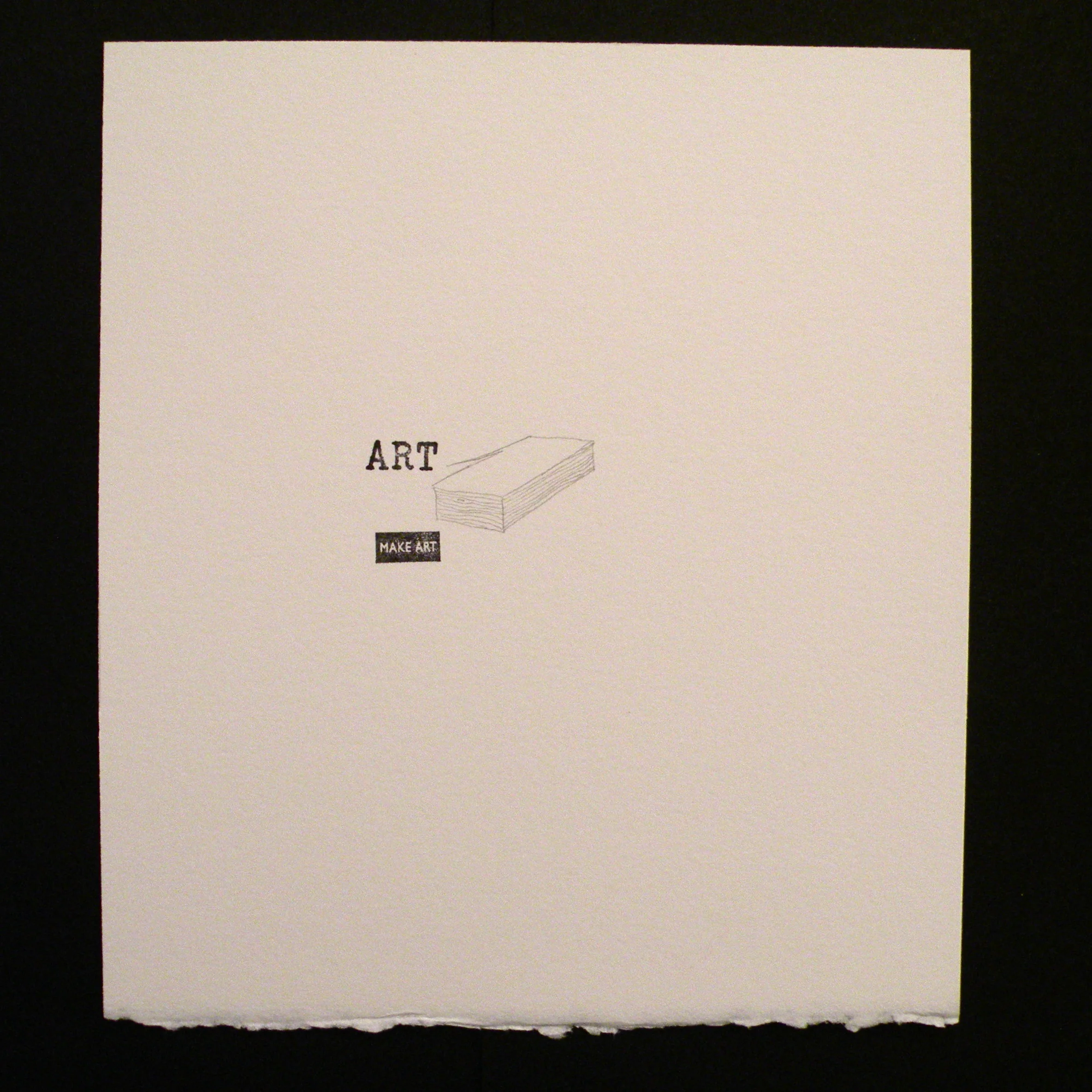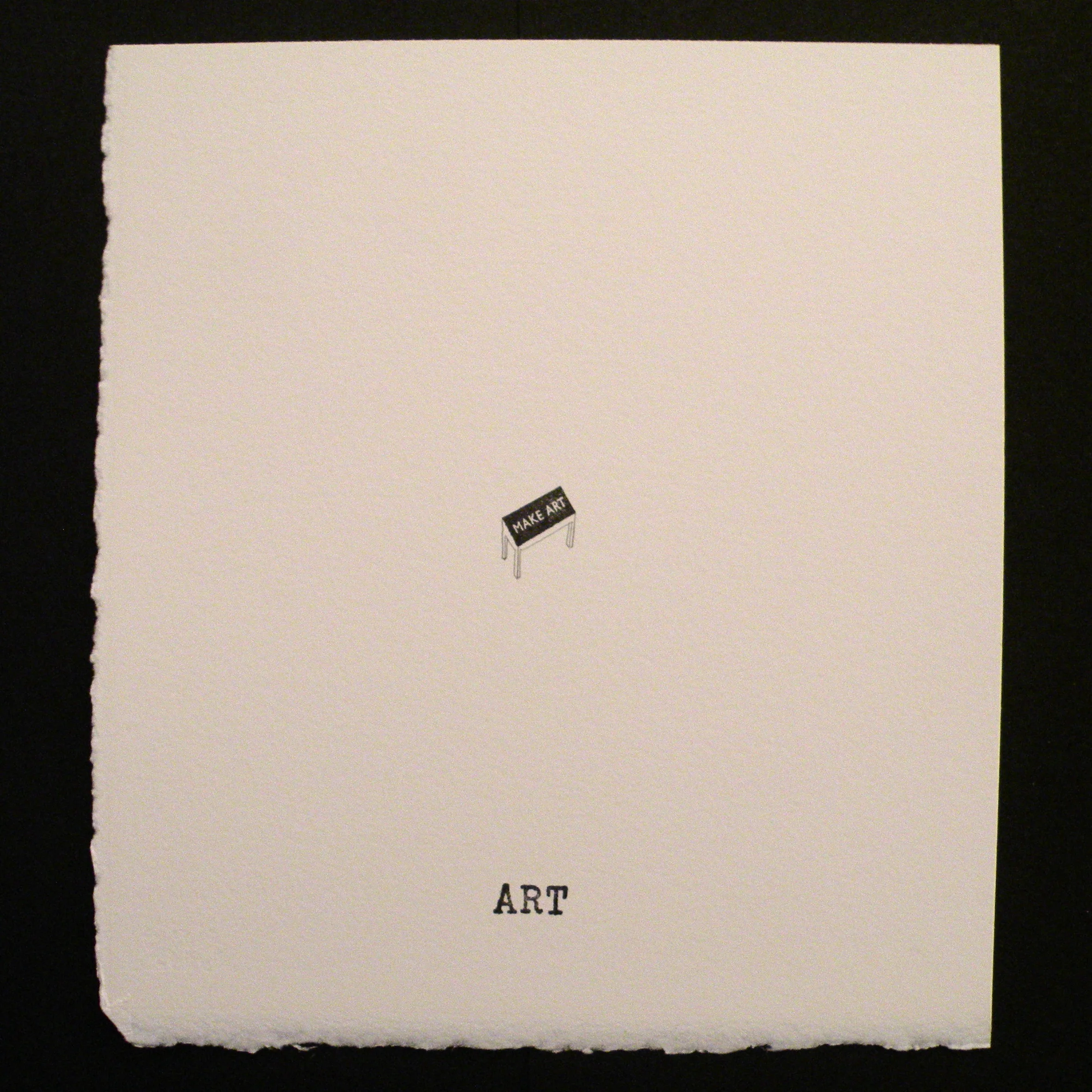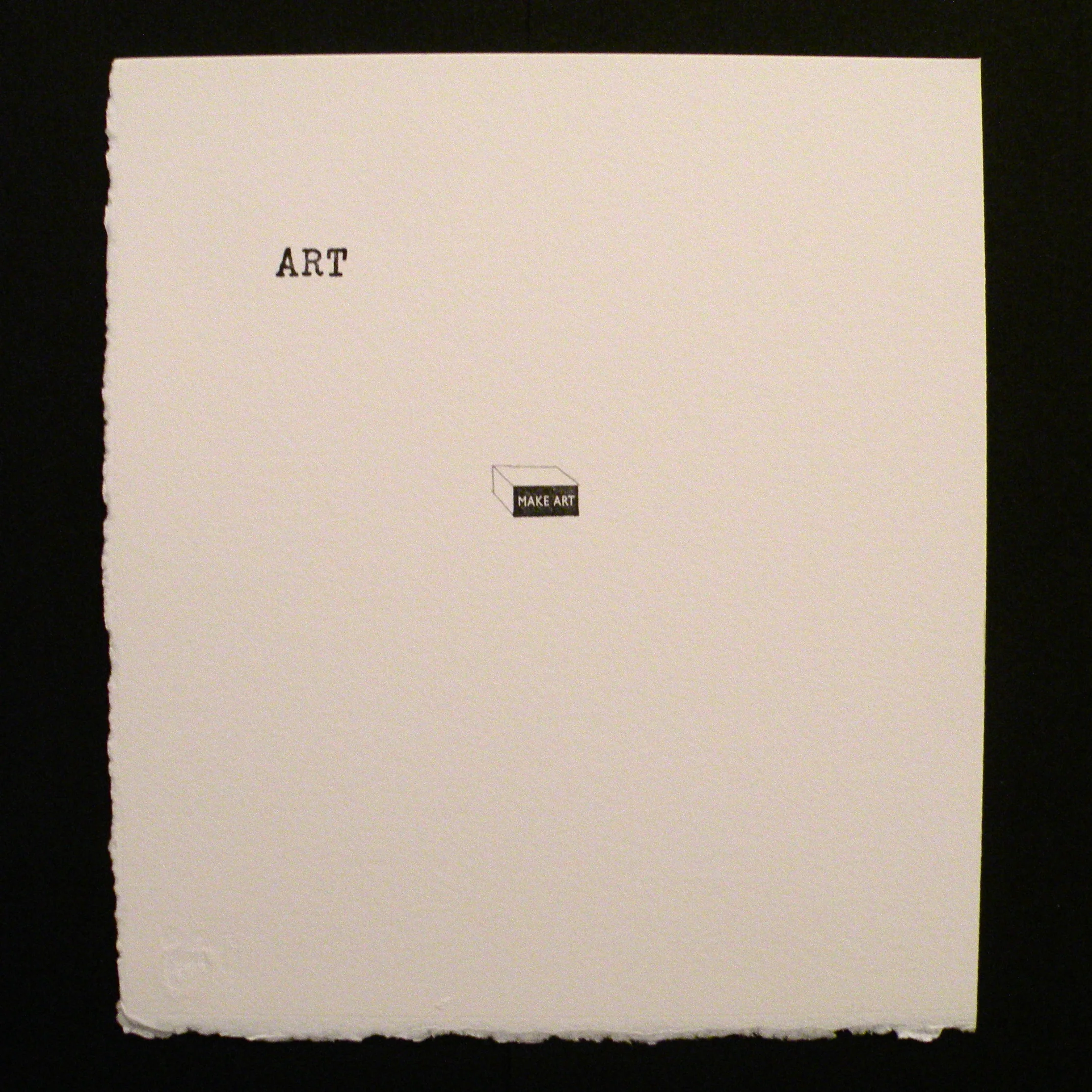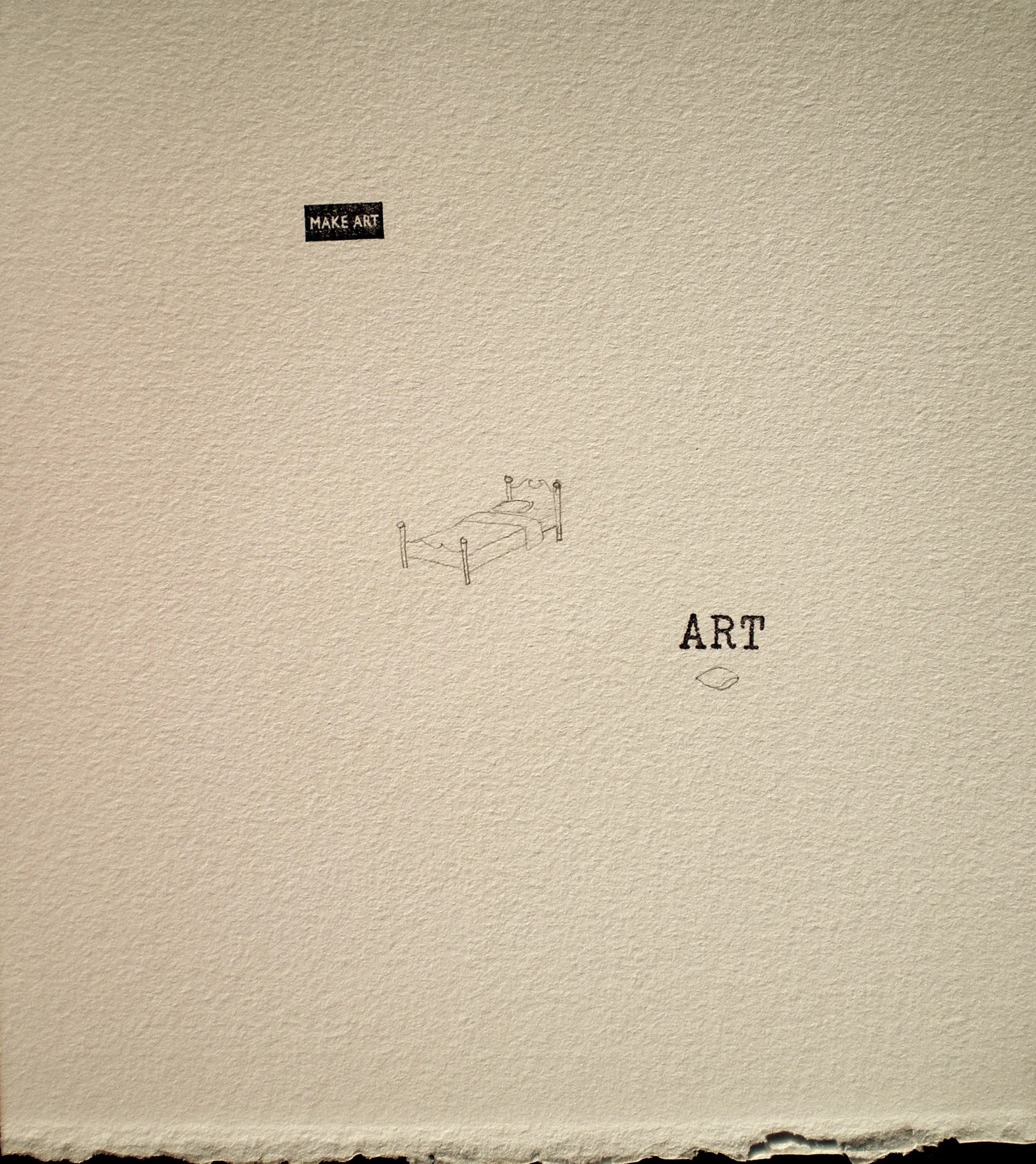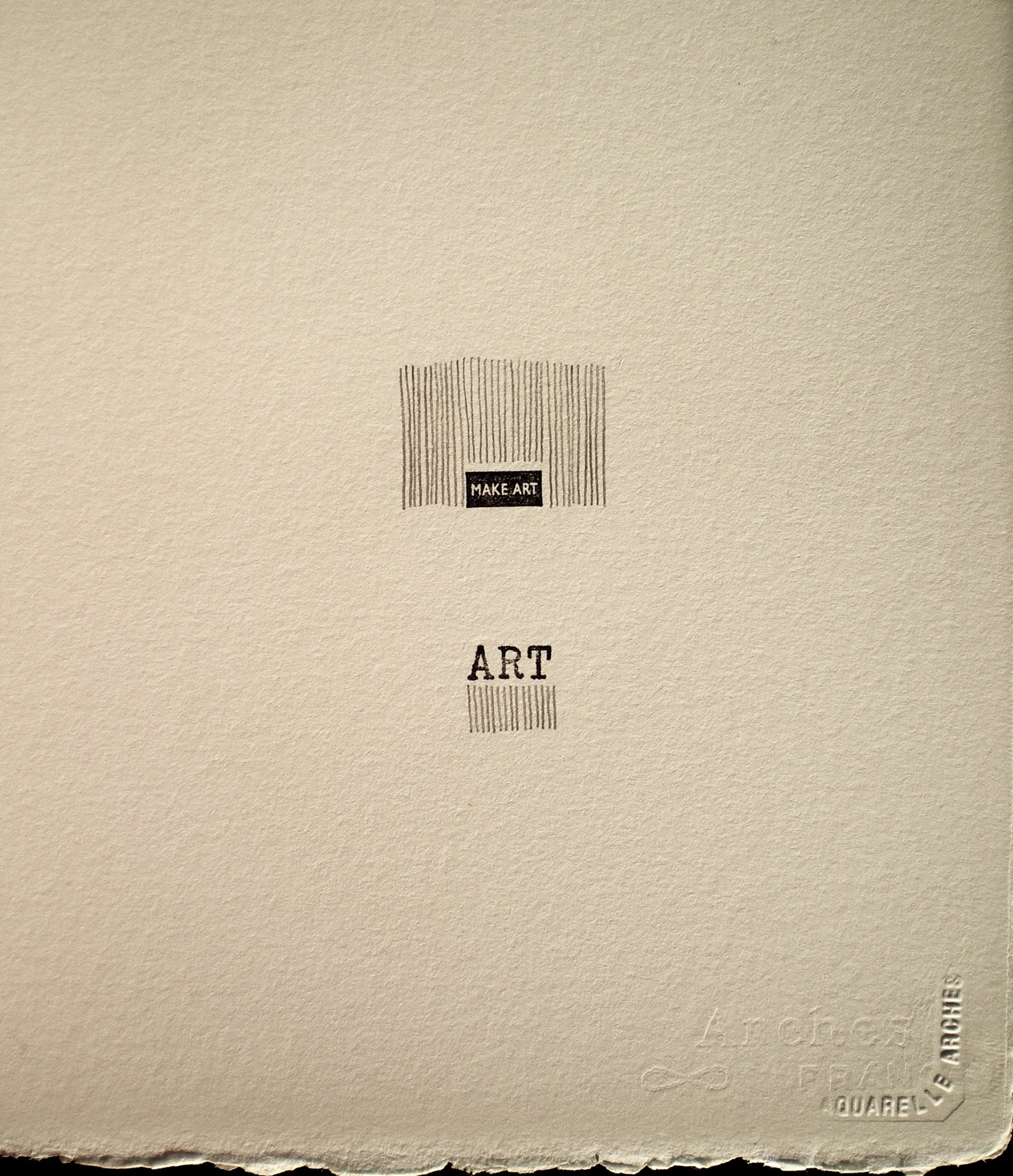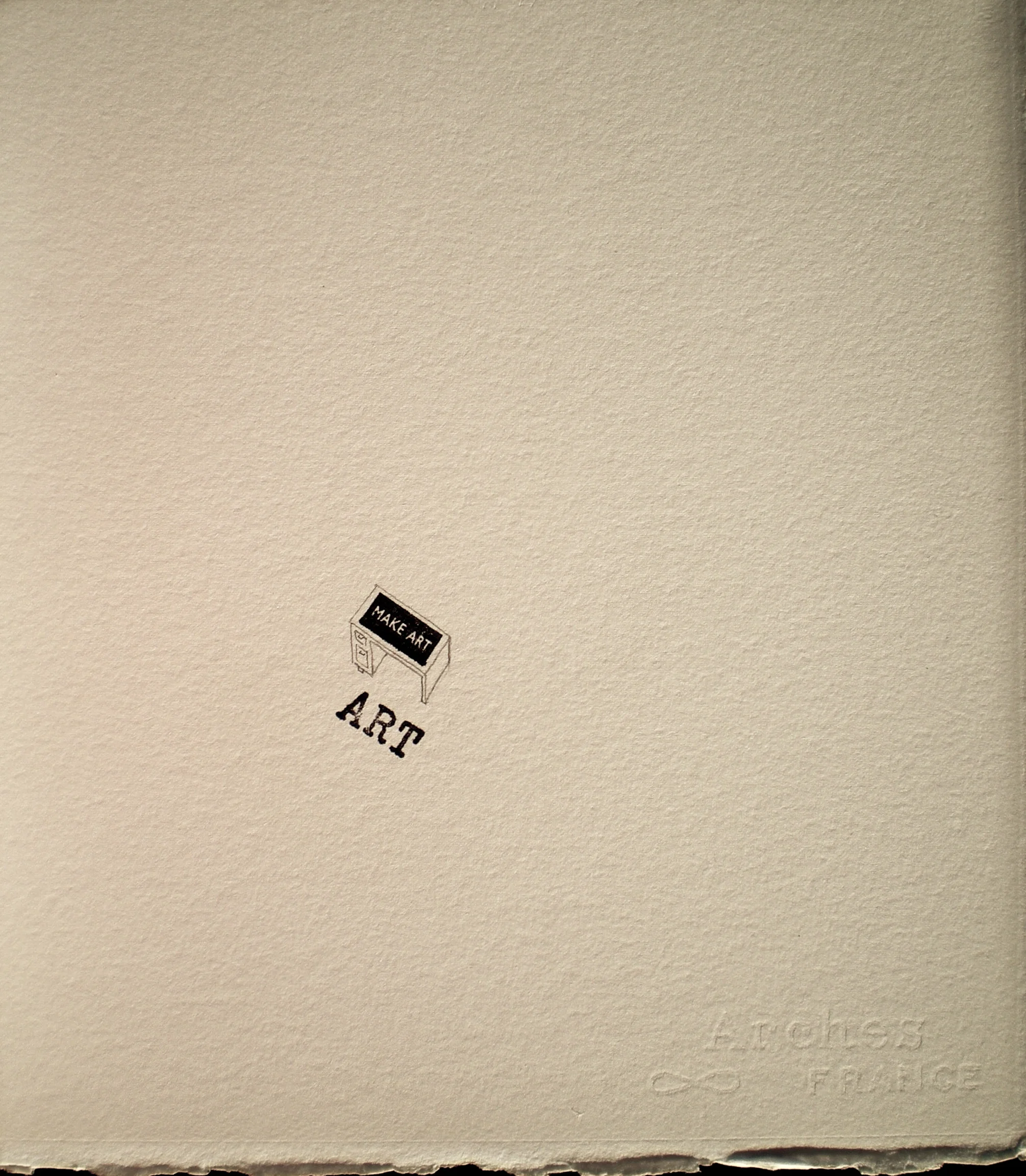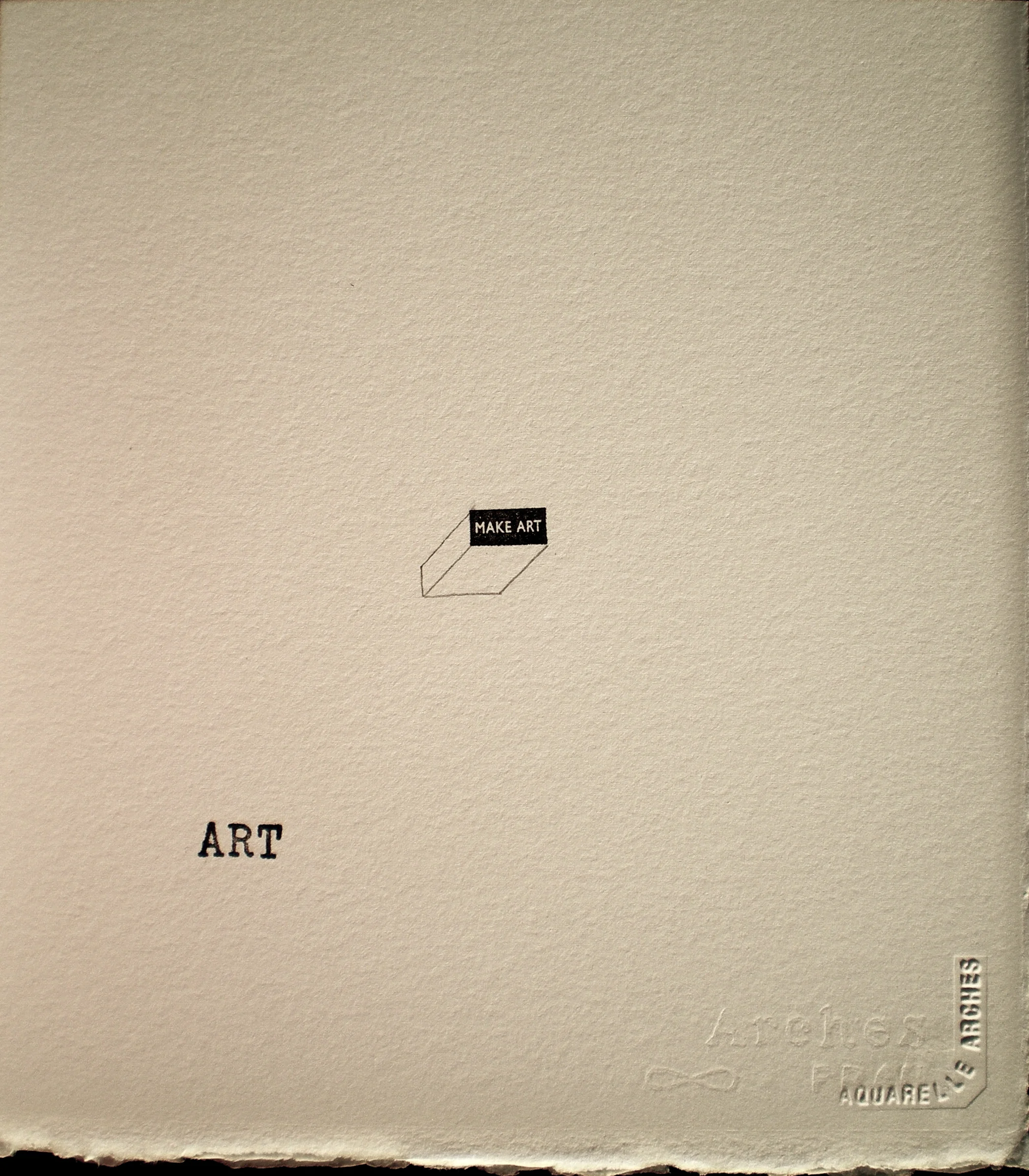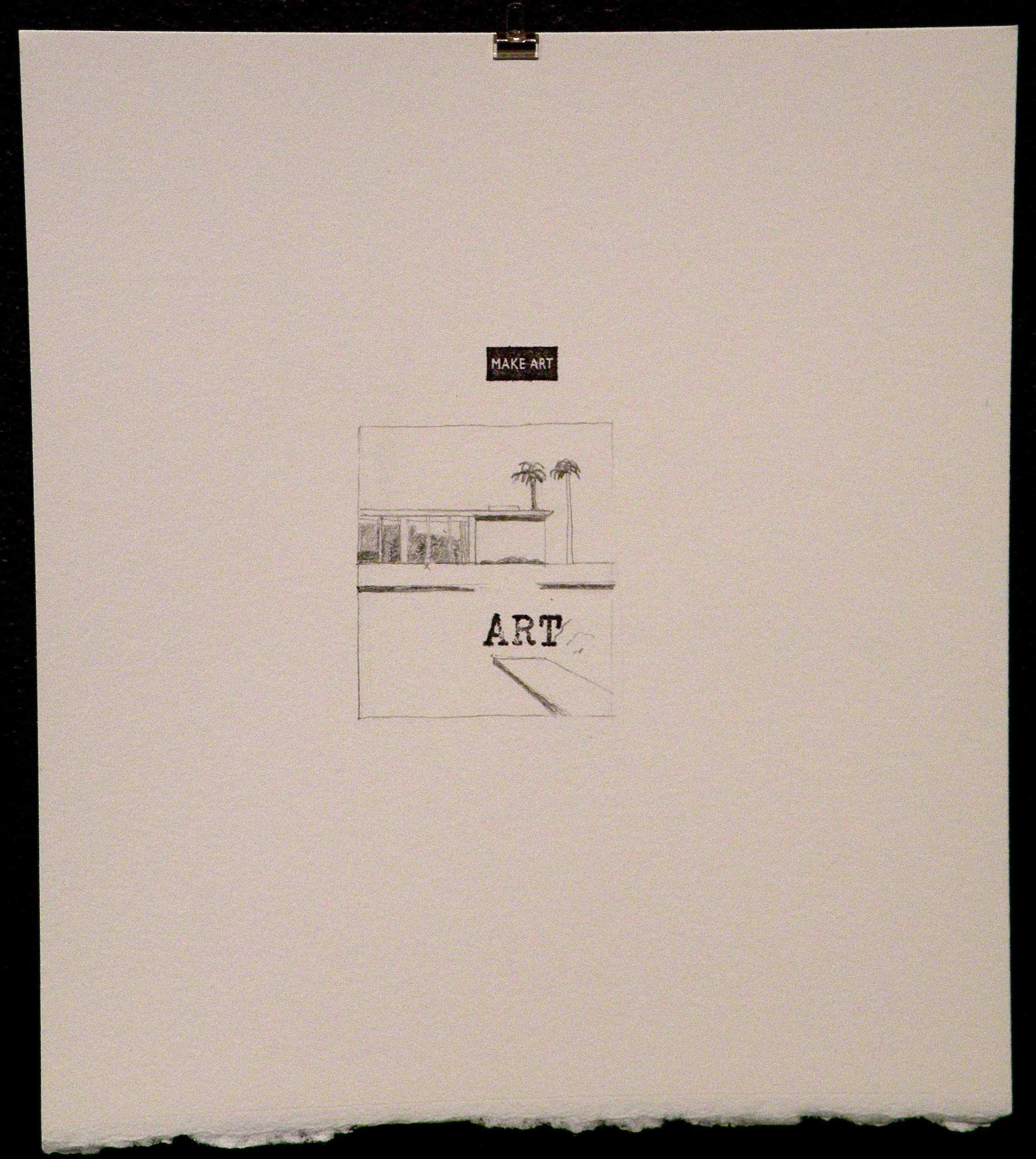
content
(2010)
“Content” is a metalinguistic proposal that explores the possible limits of perception and the assimilation of artistic fact through what could be defined as visual haikus, or even visual koans. Everyday objects, unresolved situations, metamorphosis, and quotes from universally recognized works are presented as aerial views of small Zen gardens, wherein the challenge consists in their frugality, synthesis, and austerity - all essential qualities in achieving an equilibrium/disequilibrium which starts from a quiet reserve, without thereby losing the possibility of the playful and the anecdotal.
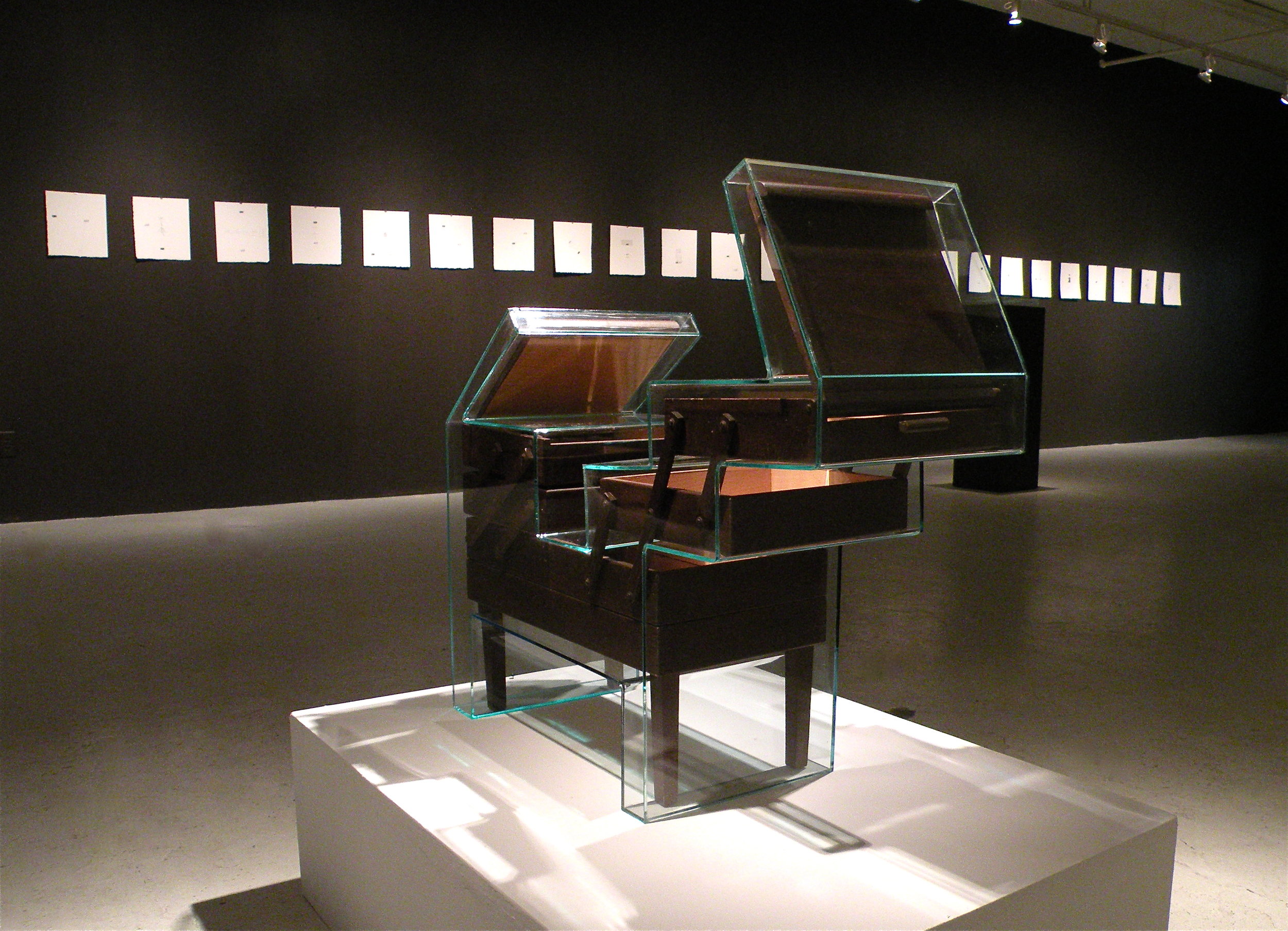
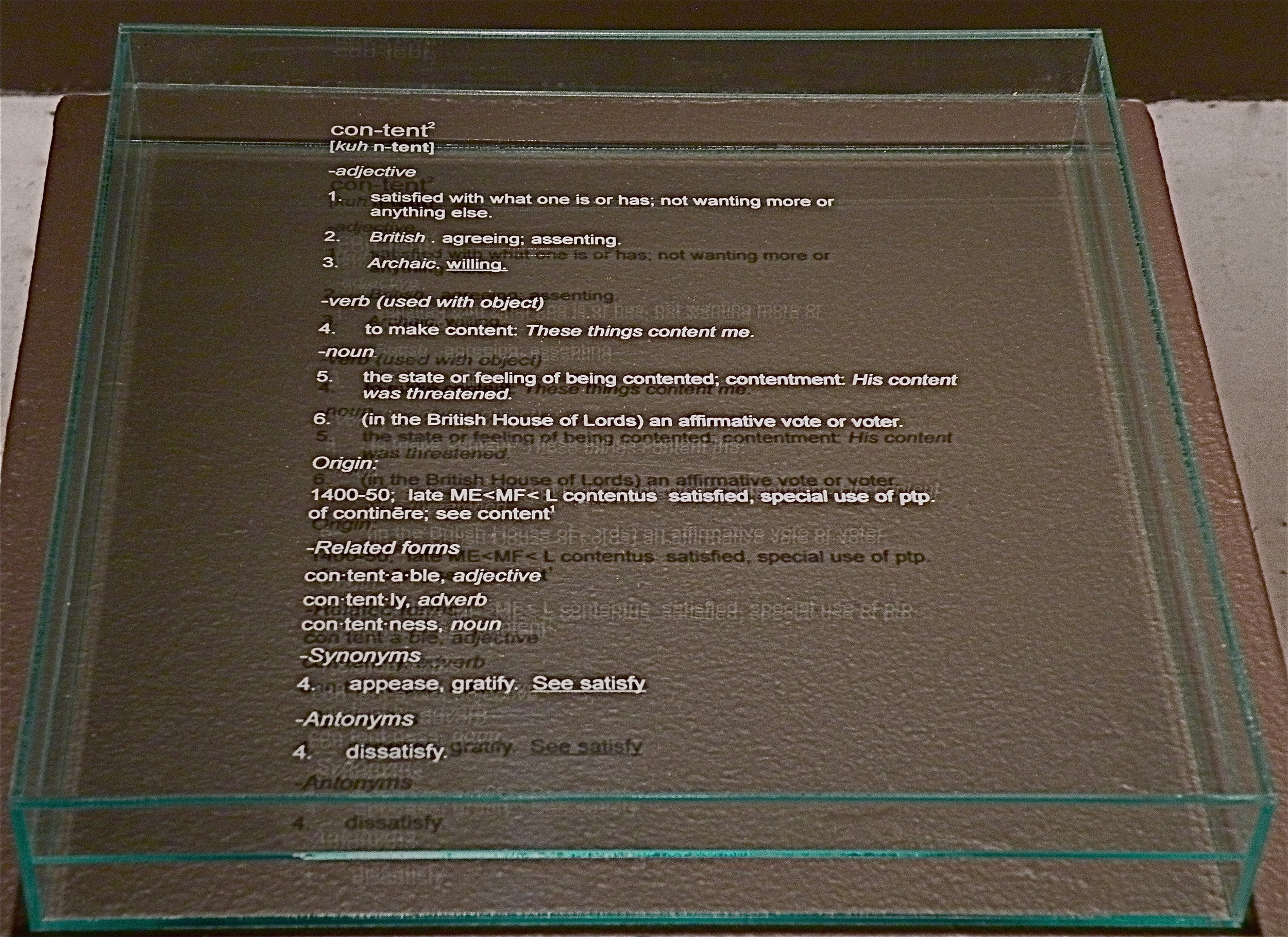
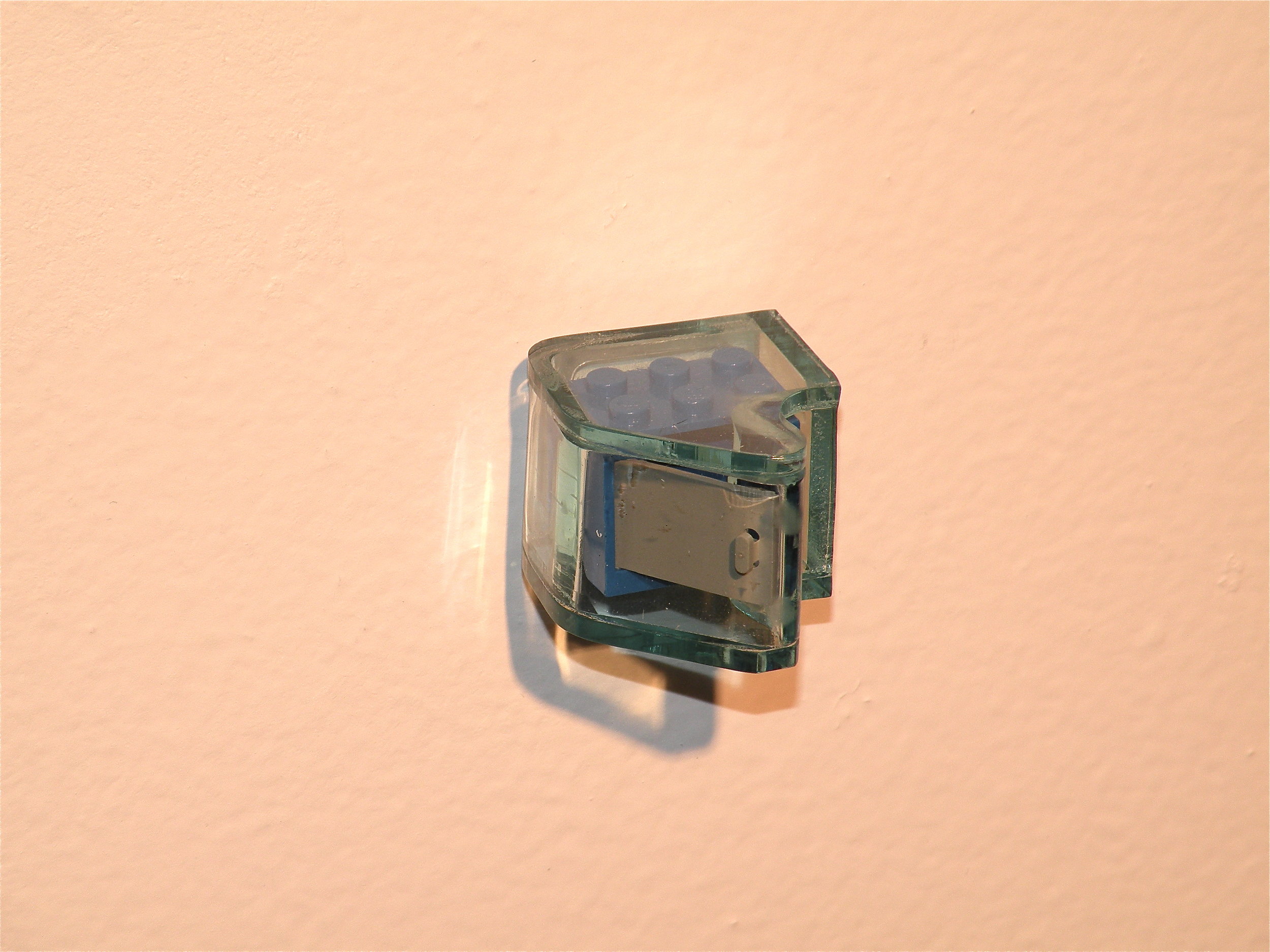
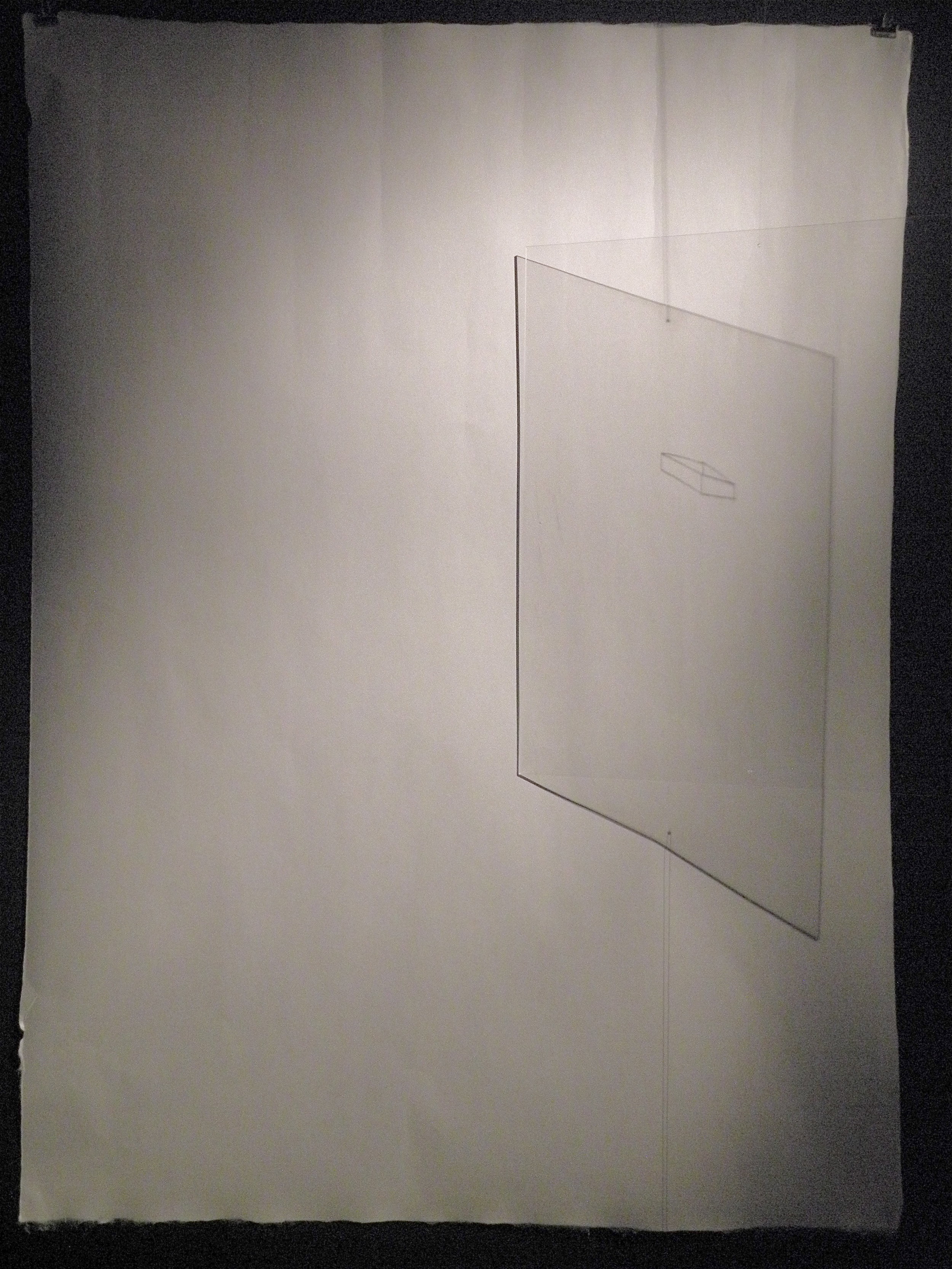
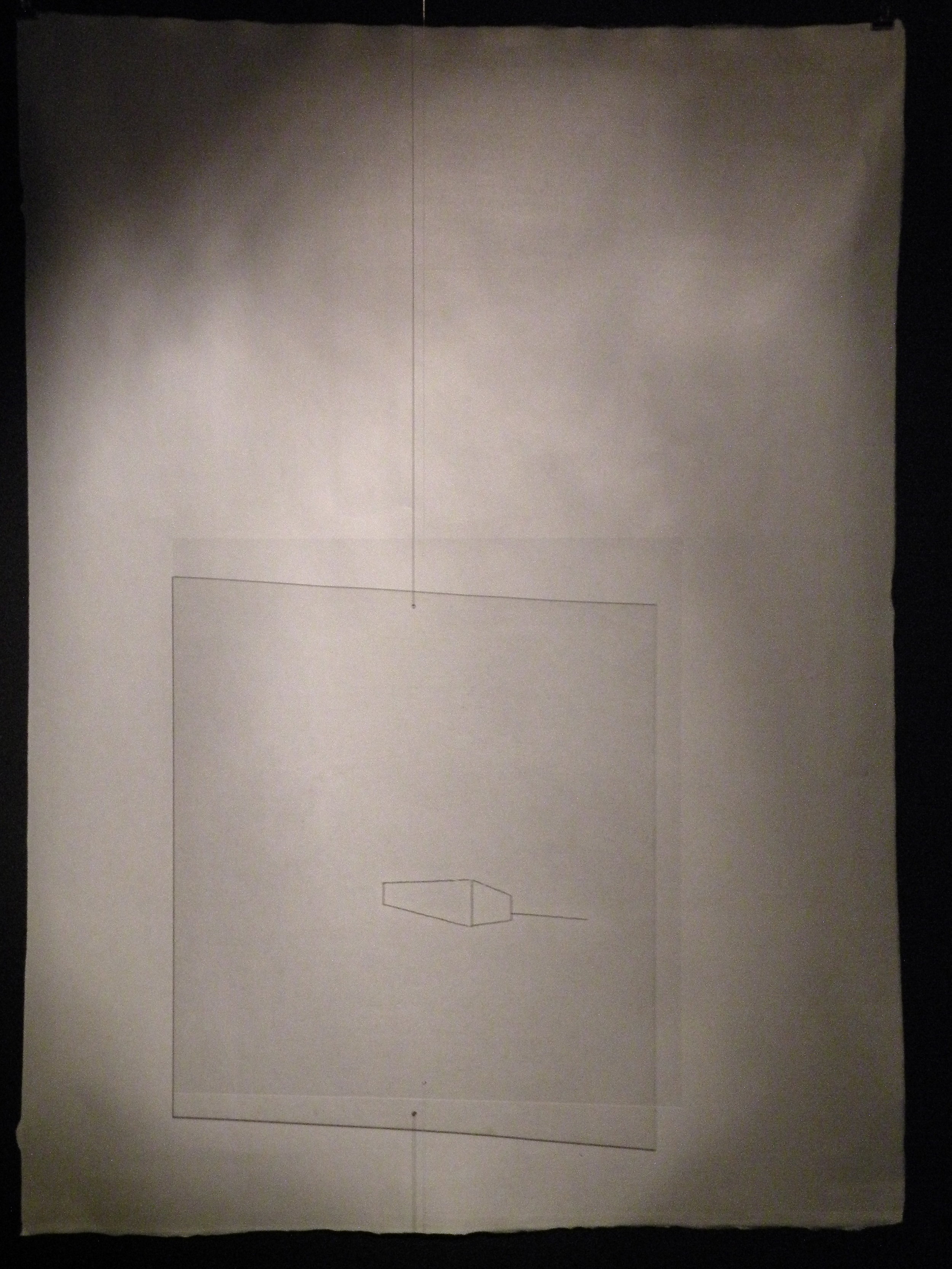
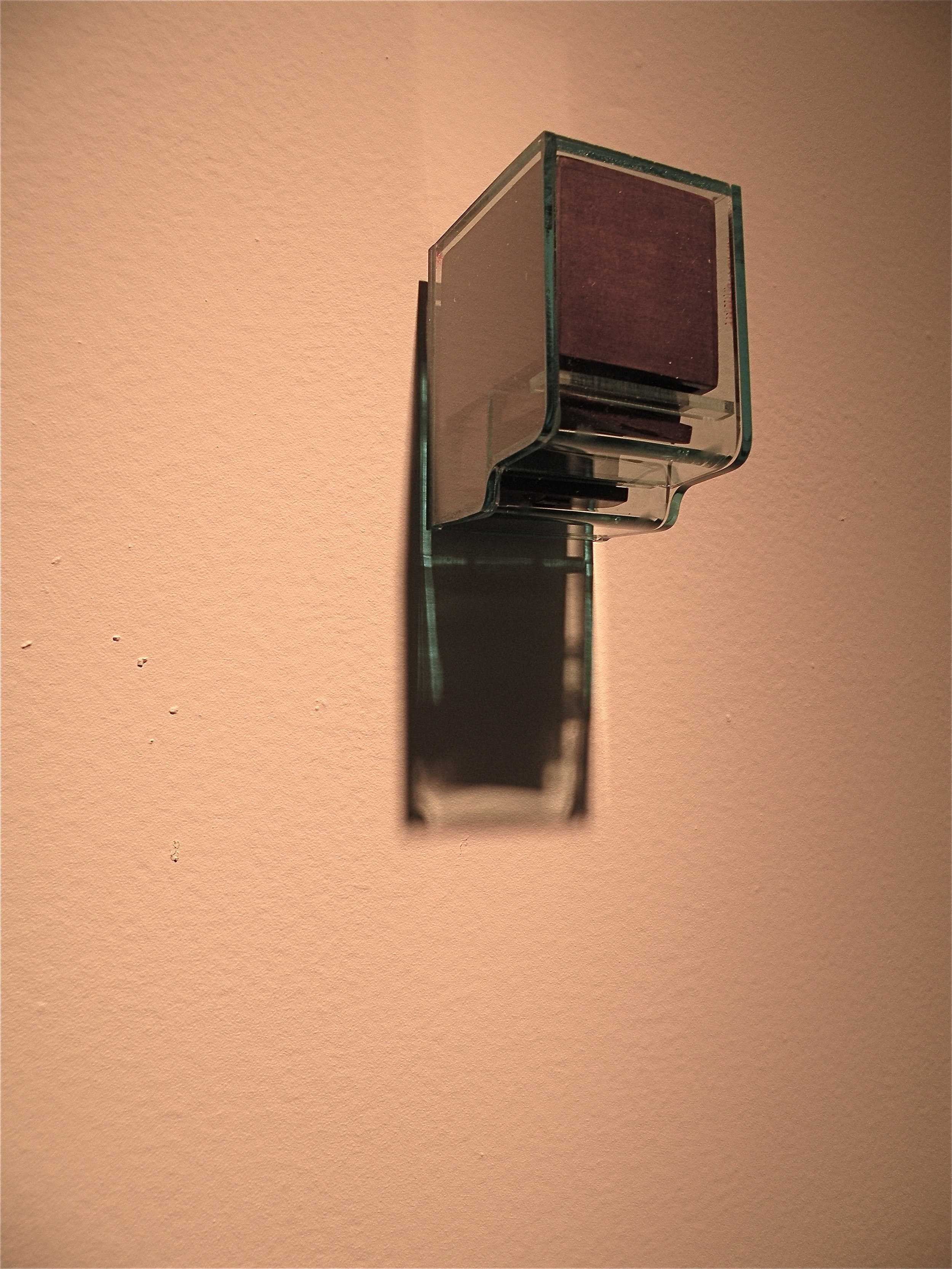
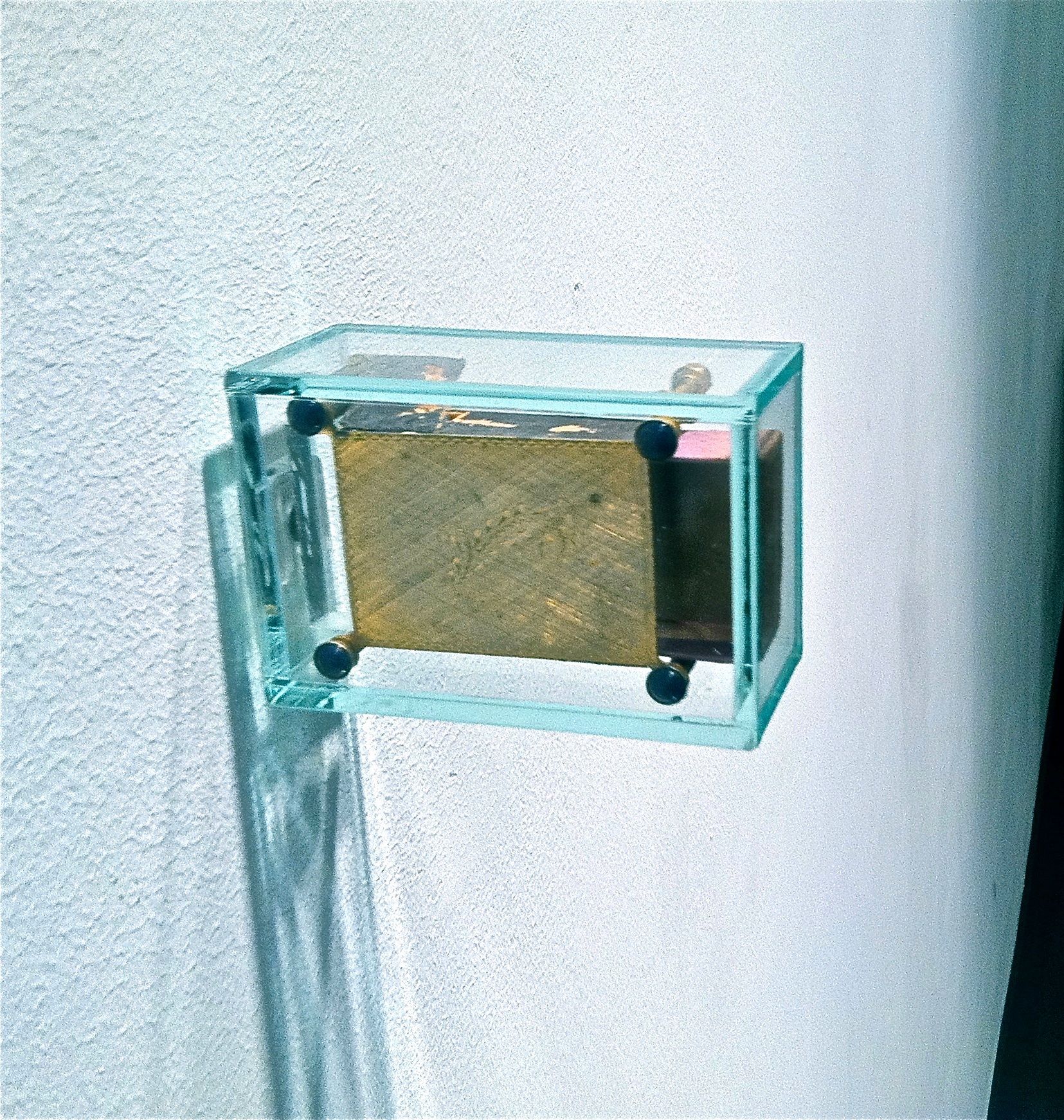
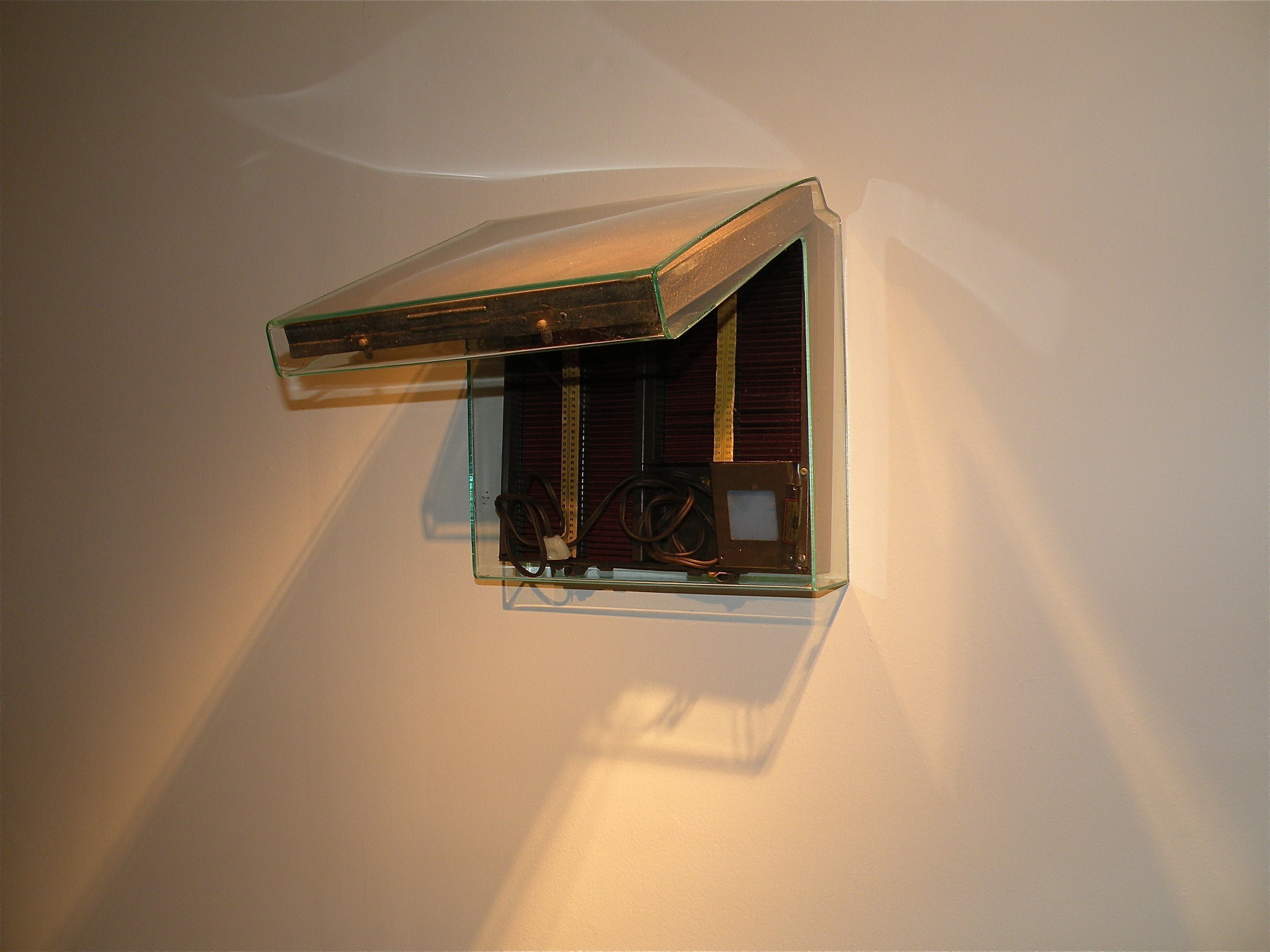
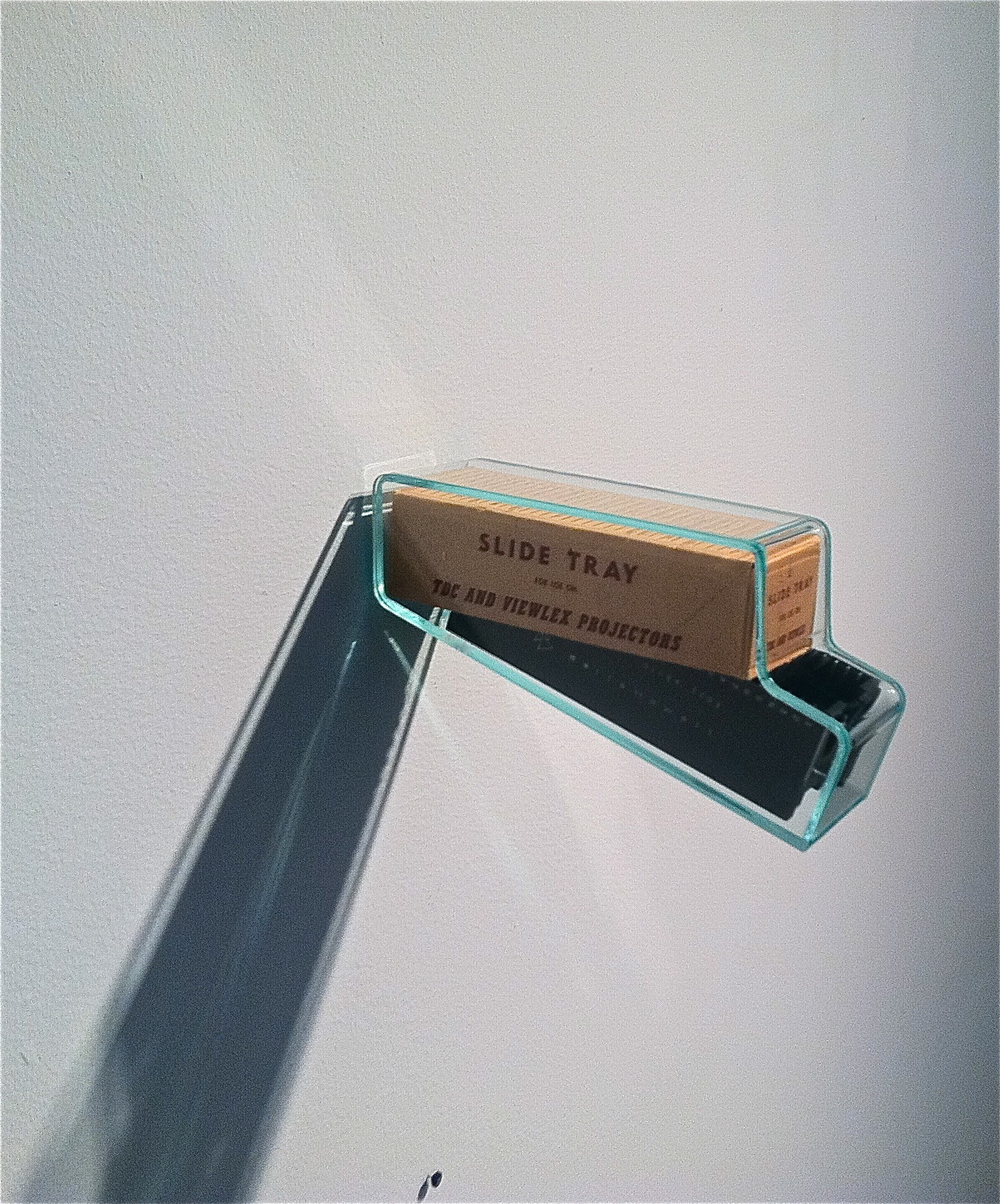

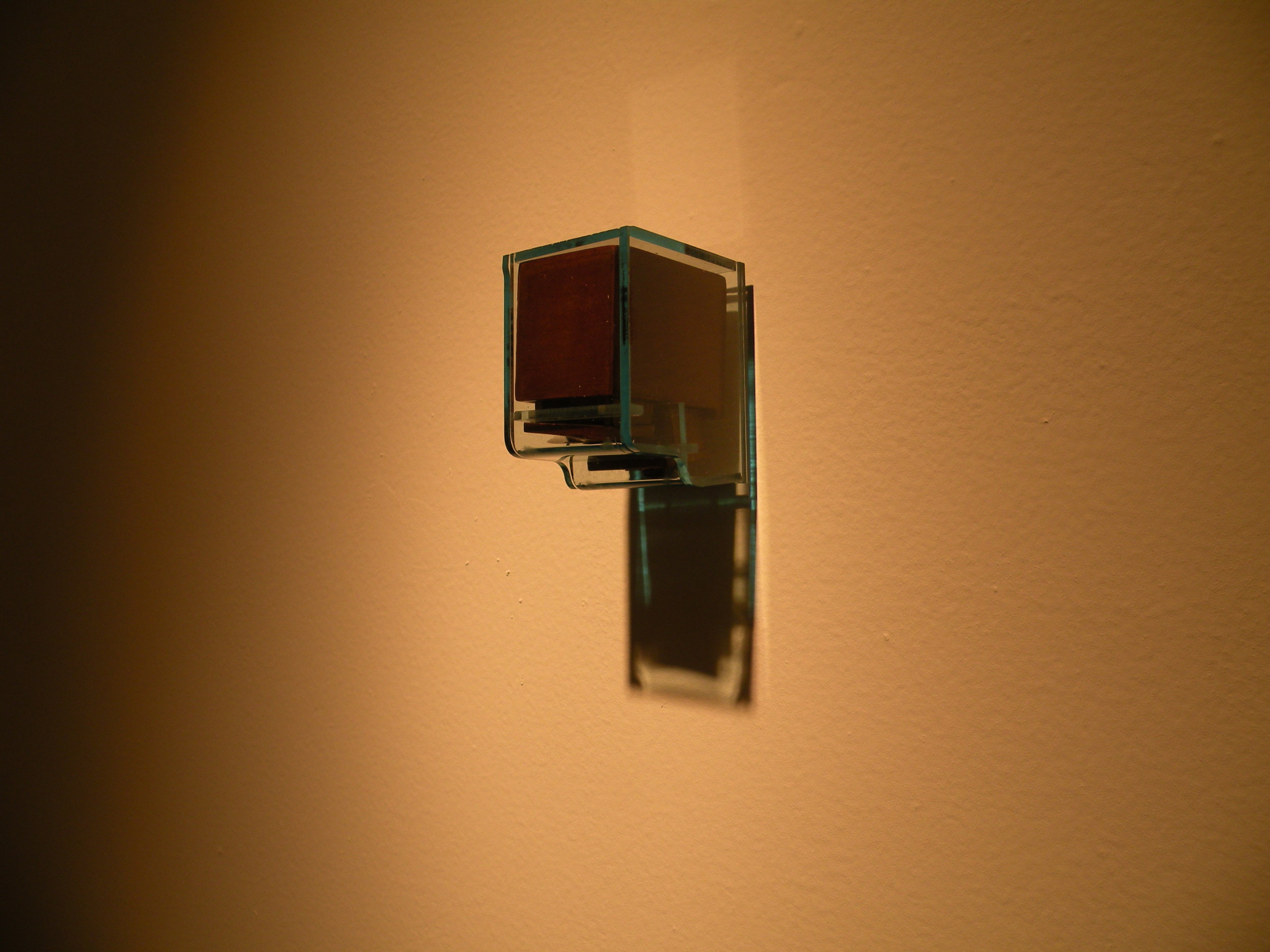
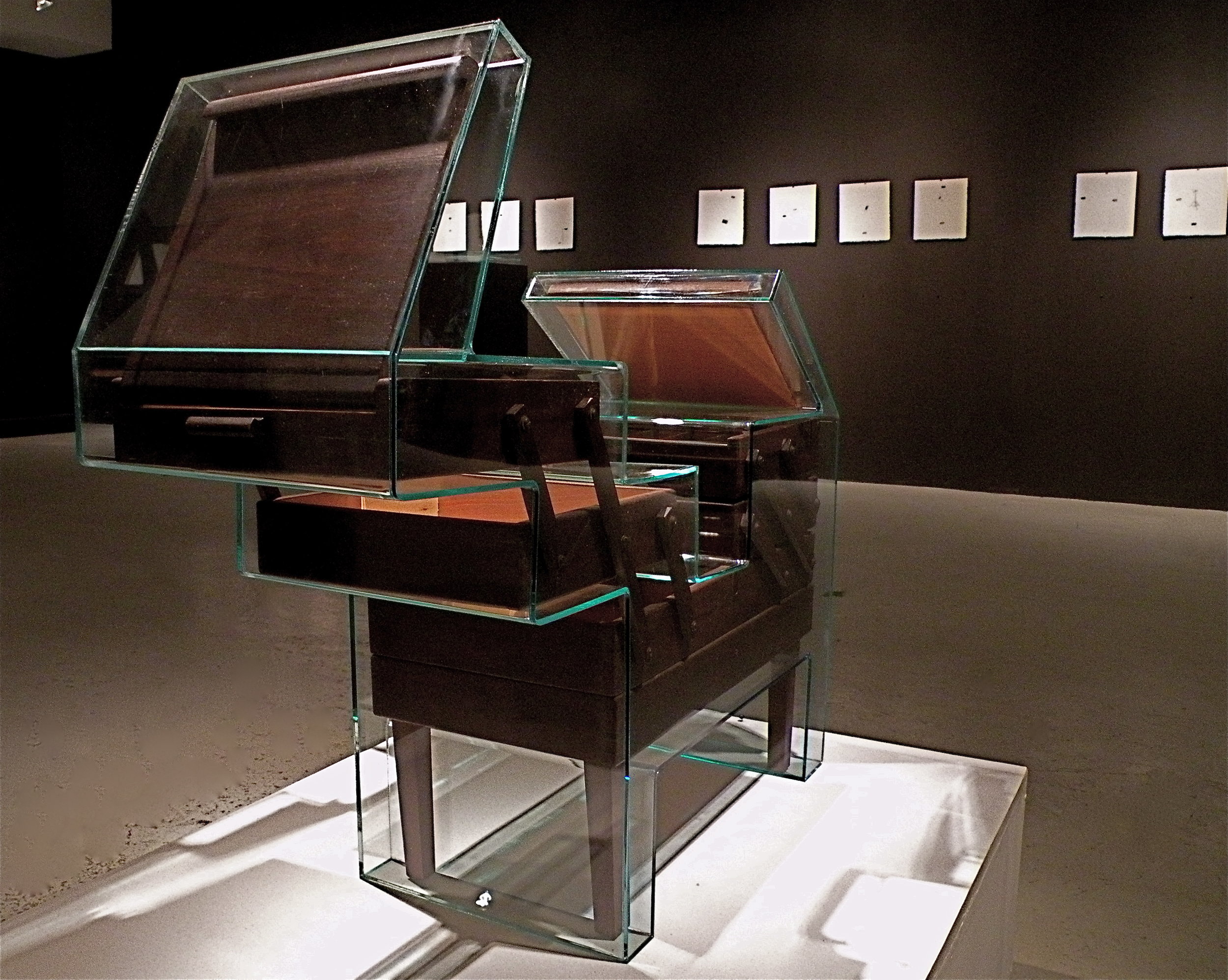
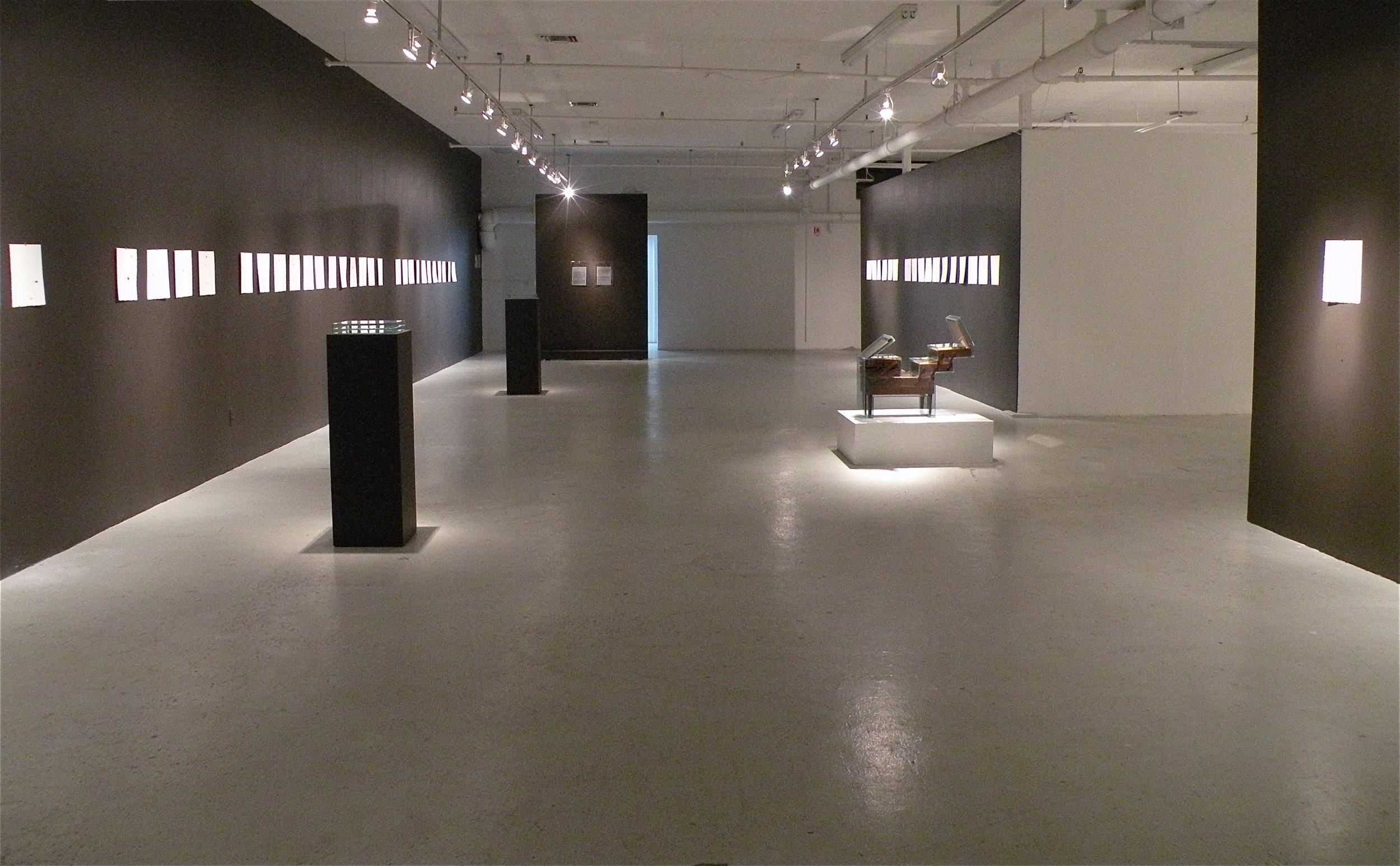
The Writings of the Visible or Variations on the Thing
Roc Laseca
For Andrés, Guigui e Inés.
“Whoever reaches his primitive virtue identifies himself with the origin of the world,
and as such with the void.”
- Zhuangzi, IV a.C.
There is no such thing as the consecration of the place. And no doubt that is something that seems to bother us in a traumatic way since the dominant Western tradition has endeavored to encapsulate all uttered speech into well-ordered estates, prescribed and circumscribed. Without a place, identity has been orphaned and cast out, as if it had taken a sudden ontological turn and had stopped being the measure of sense and meaning in order to empty itself out and float as a minimum analogy; as if identity knew itself to have become an expatriate semiotic corpse. And perhaps, of the possible examinations, the linguistic approach is one of the most effective in enhancing any critical readings around the series Content that Andres Michelena brings forth. The rhythmic gravity with which it operates, and which results in a monstrous chain of deployed papers, can only be the fruit of a liturgy, a kind of anonymous prayer that has not only emptied the subject who repeats it, but which has also led into nothingness the god of which it preaches. It would seem that this is how this litany acquires its most transcendental meaning – in its de-deified paradox - as an blank linguistic gesture, taken to the limit of its minimum, conceived as a catalog of valuable relics that attain their highest prospective meaning as a significant chain denuded of all sense. Celebration of the gesture, apologia of the void. And yet, despite this epigenetics construction, the thing can only come to be named diagram, since it responds to a subtle sort of association, as Jakobson said, a simple relationship, and not exhaustively analog, between the letter and the world . Well, de facto, the paper signifies to us and it violently rattles us before its vision, as if once it has been emptied, it reaches its real meaning. When the infralight drawings have been liberated from their linguistic role, the letter may come to say everything, and not just as Roland Barthes declared, "in the Baroque zone in which the sign is crushed by a symbol, a letter can refer to two, contrary to each other, " but fundamentally because that letter-graphy symptomizes that deviant behavior. Within the bosom of each graphite gesture there exists a complex relationship between the elements that make up and (de)-draw the paper, but they are extravagant and objectual associations and migrations, some with a marked nod to the surrealist vanguard, which invites us to recognize that despite this, the letter-gesture no longer issince it has ceased to be the origin of the image and the metaphor to become the periphery of that statement, as a floating term swarming within the vegetable tissues of the paper. And before that reading, we ourselves become orphans as we realize that the thing lacks a center, and that the disarticulation consecrated to the supposed place has been substituted by the humble vindication of its peripheries, of the selfless liturgical gesture, which, precisely because of that inner will of refraining from saying in a coherent and nuclear way, comes to state, “Has Michelena substituted the letter for the man?”
And all this happens, moreover, without pretensions or rushing, allowing for the error in each case, letting the rhythm of prayer mark the cracks and leaks that should never be corrected and reassigned; quite to the contrary, they are augmented from within the telling value of the gesture; they are permitted and loved as it seems to be aware of the fact that the thing is unrepresentable. Regardless of how many attempts are pursued, Michelena’s prayer allows evidence of the relativity of all yearning to leave record of his speech and will; perhaps due to this, the pencil in Contentdoes not mark the paper; it merely leaves a trace, beseeching us to see and stop at the extra-subtle, hedonism itself which resembles what remains on the sand when we have stopped stepping on it.
That is the intended void, the closed circle in which there is a hollow, as if it were a mobile cave, prepared and identified by the hollowness that comprises and defines it.
It appears that the periphery is the most central of what we have, the reminder of the primitive and original void…
Tenerife, 10 November 2010
